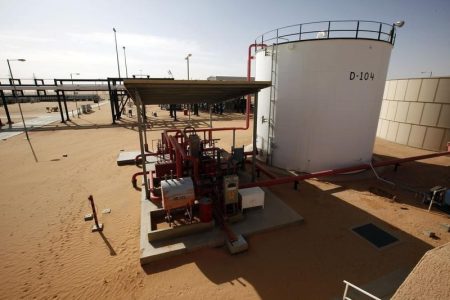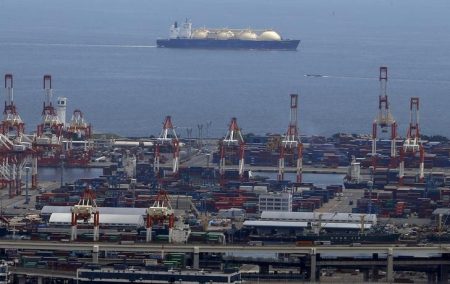CANBERRA (Reuters) -Australia’s weather bureau said on Friday that areas of severe rainfall deficiency had expanded after the driest September on record, putting farm production in one of the world’s largest agricultural exporters at risk.
Australia is in the grip of an El Nino weather phenomenon that typically brings hotter, drier weather, and temperatures soared to record highs last month.
Rain across parts of southeastern Australia in recent days has helped some farmers, but the country’s wheat harvest has been downgraded and the Australian government says average farm incomes will likely fall 41% in the 2023–24 financial year.
The Bureau of Meteorology said average nationwide September rainfall was 70.8% below the 1961–1990 average.
For the five months since May, all states and territories have developed areas of rainfall deficiencies, including large parts of south-west Western Australia and much of the country’s south-east, the bureau said.
“Areas of deficiency have generally expanded and become more severe, and new areas have emerged, including along the West Coast district in South Australia (and) in the Central district in Victoria,” it said.
“September soil moisture was below average (in the lowest 30% of all years since 1911) for much of Australia, away from the north and central inland areas.”
Data from New South Wales showed only 3.5% of the state was in drought, but another 28.2% was in the weaker drought-affected category.
In its latest long-range forecast this week, the bureau said there was a 60% to 80% chance of below median rainfall for much of western, northern and southern Australia between November and January next year.
However, small areas of New South Wales and southern Queensland are more likely to have above median rainfall, it said.
Read the full article here















